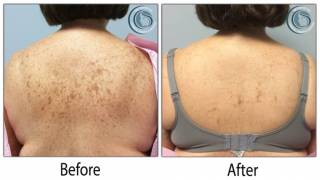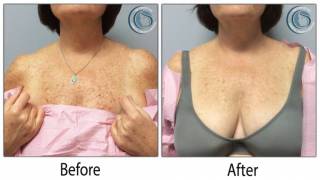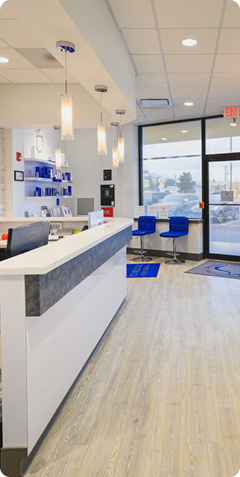How they work
The U.S. Food and Drug Administration (FDA) approved IPL in 1995. Intense Pulse Light (IPL) has become one of the most versatile and widely used technologies in aesthetic medicine. It is joined by a number of lasers and energy-based devices so the question is, which patients and indications benefit most from IPL?
IPL is still the number one treatment for photo-rejuvenation in fair skin. IPL covers vascular concerns, redness (rosacea), pigmentation problems, acne, and stimulates collagen. It is the only device that can simultaneously treat photo-aged skin with some wrinkling, some redness and some brown spots. With lasers, these skin issues would have to be treated separately.
One of the biggest advantages of IPL is its ability to be used all over the body. Lasers have the potential to cause burns and scars and although IPL can cause blistering, the risk of these occurrences are lower. Results are best with pigmentation on the chest, arms, back and shoulders.
However, IPL does have its limitations. It tends to work best on fairer skin types. Unfortunately, it can pose a risk of post inflammatory hyperpigmentation (PIH) in both olive and darker skin toned patients. The radiofrequency (RF) devices are better for olive and darker skin types because RF does not increase the risk of hyperpigmentation. The 1064 nm wavelength laser devices are also safer in darker skin types.
IPL is primarily a color device and is best known for its ability to improve complexion by targeting redness and pigmentation. There is also a growing body of evidence that IPL can stimulate collagen production and prevent fine lines and wrinkles.
In 2012, Stanford University published a study in the “Journal of Investigative Dermatology” which concluded that regular IPL treatments can change the expression of genes associated with the aging process causing it to more closely resemble young skin.
In May 2016, an article was published in the “Journal of Cosmetic and Laser Therapy” by Dr. Gold, where he followed 2,500 long-term IPL patients. All of which received multiple IPL treatments. The majority of them underwent annual treatments for 7-10 years. Some of the patients who started a 10-year process at the age of 45, ended looking younger than when they began.
For fair skin types, IPL can help maintain skin health and prevent signs of aging. However, there is no place for IPL in the treatment of skin sagging and/or deep wrinkles. Sagging and wrinkling can only be reversed by skin tightening treatments.
I sincerely hope this information has been helpful. I would like to remind you that with any laser or light-based device more than one treatment may be necessary for optimal results. A good skin care regimen is also recommended to enhance and maintain the results of laser and /or light-based devices.
Before and Afters








